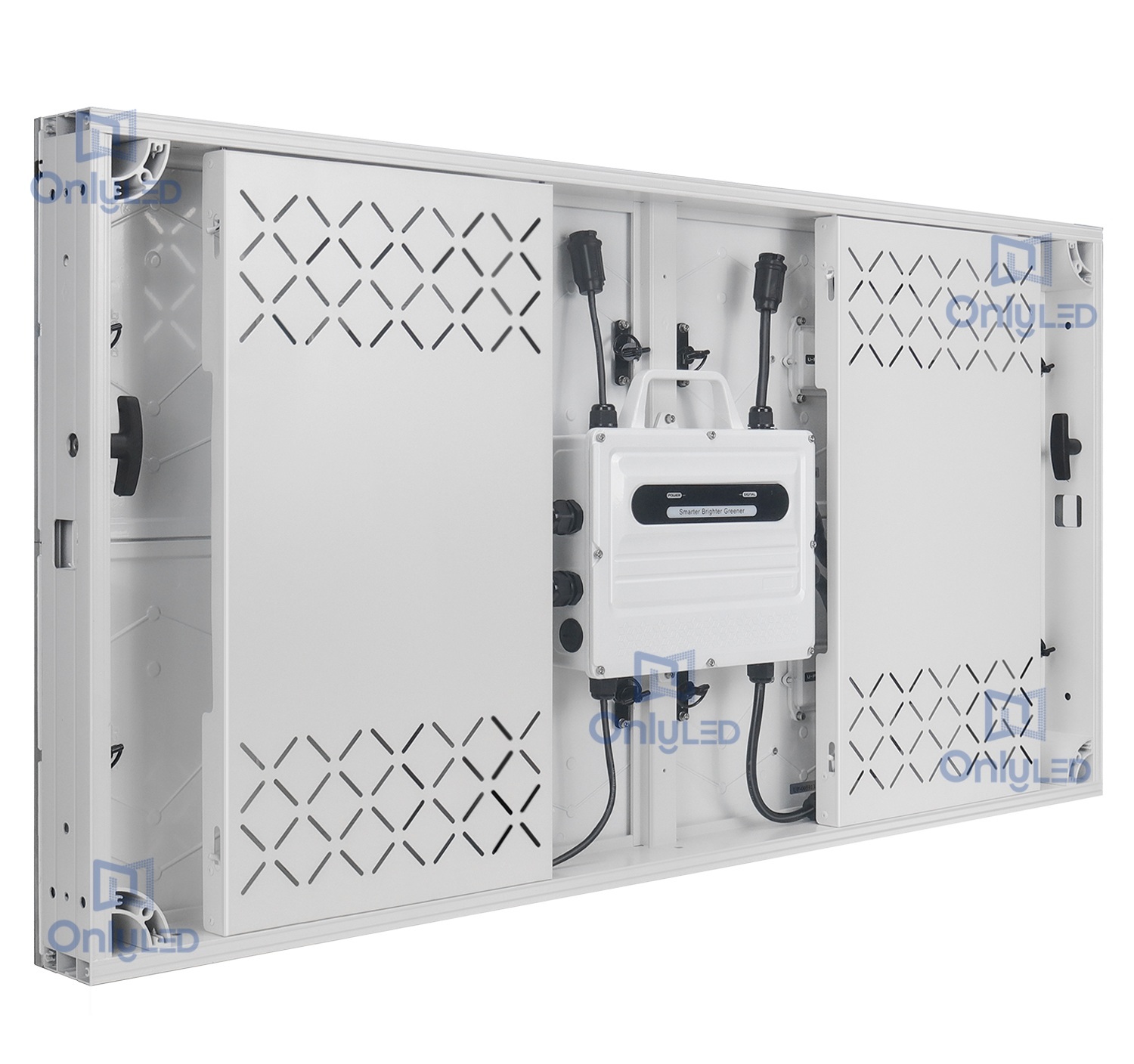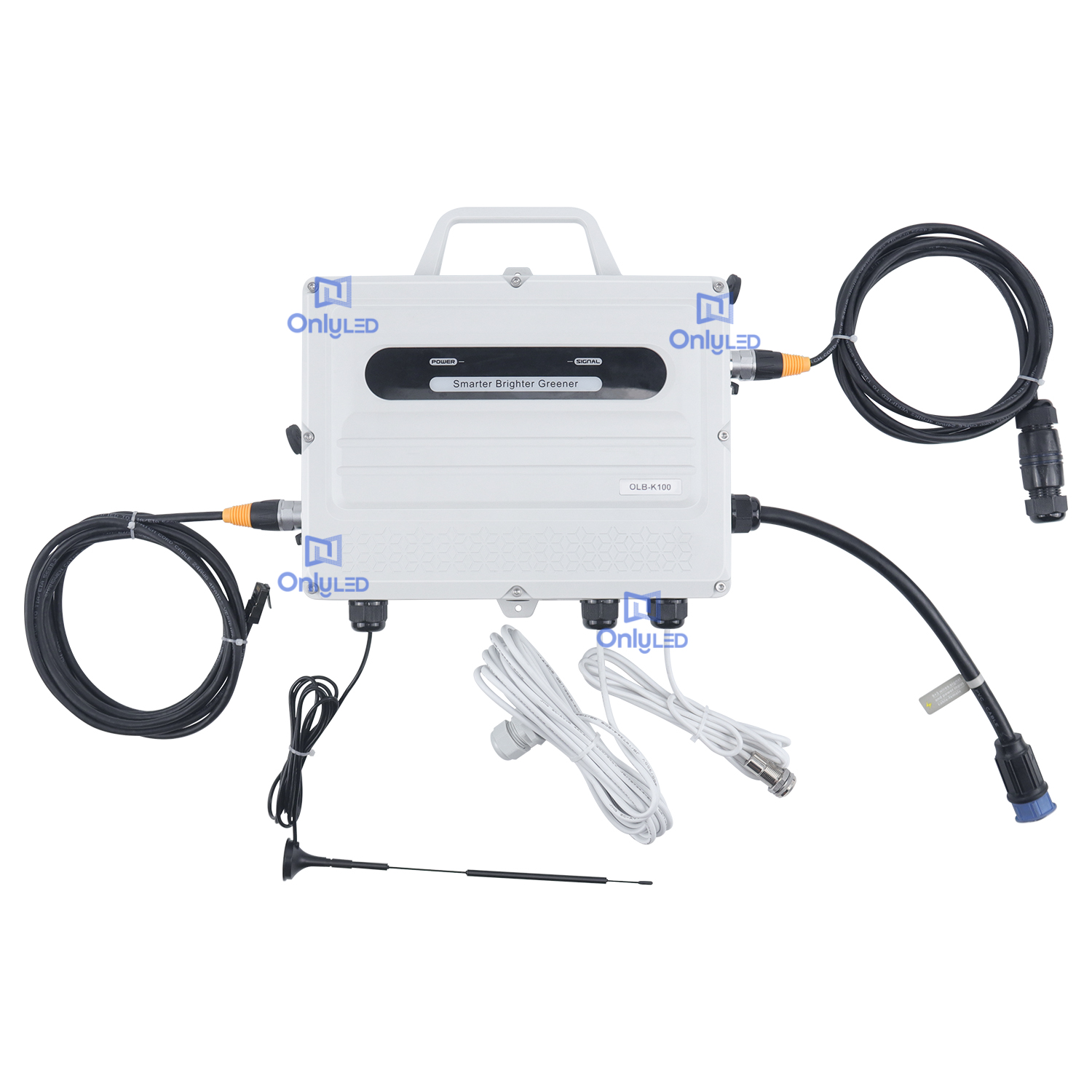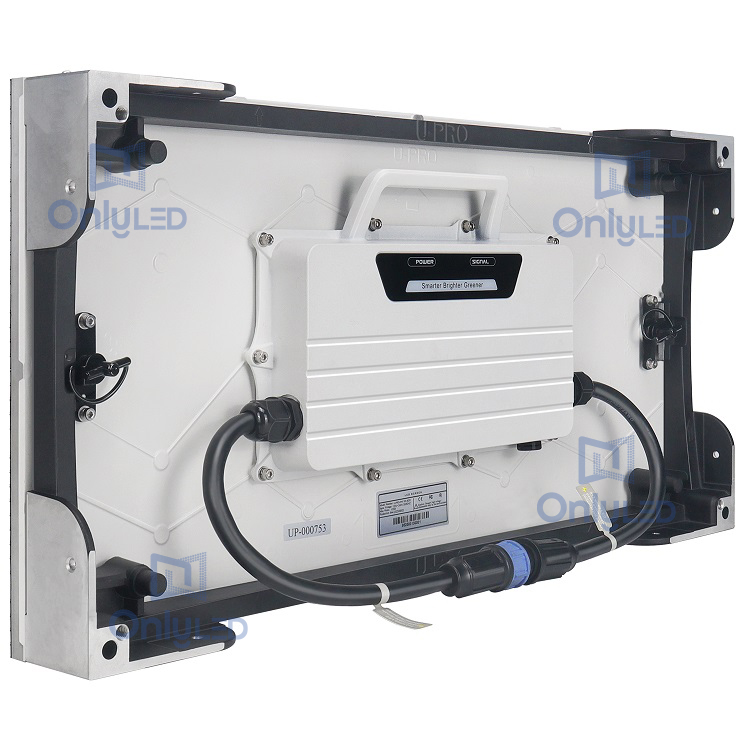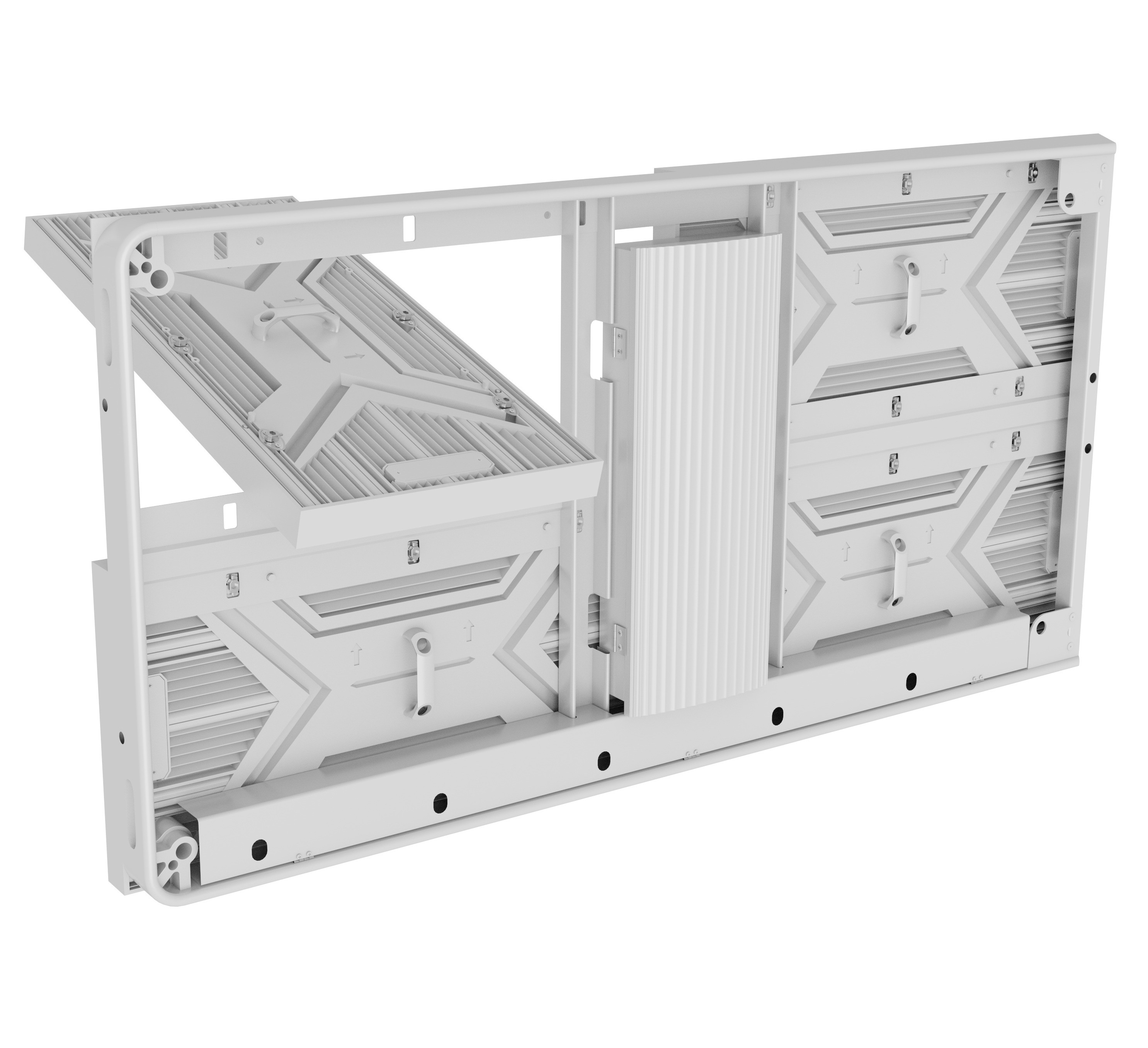Industry News
Using LED screens for bus bodies is a modern and dynamic way to enhance the aesthetics of buses, convey information to passengers and the public, and even generate advertising revenue. LED screens can be integrated into various parts of a bus body to serve different purposes. Here are some common applications:
Exterior LED Advertising Displays: LED screens can be mounted on the exterior of the bus to display advertisements, promotional content, or real-time information. These displays are usually rugged and weatherproof to withstand the elements.
Interior Passenger Information Screens: LED screens can be placed inside the bus to provide passengers with information about upcoming stops, route details, news, weather updates, and promotional content.
Roof-Top LED Billboards: Some buses have LED billboards on the roof, which can be used for advertising or conveying messages to people in tall buildings or other vehicles.
Window Displays: Transparent LED screens can be installed on bus windows, allowing for see-through displays when not in use. This technology is often used for dynamic advertising.
Safety Messages: LED screens can display safety messages, emergency information, and instructions for passengers in case of emergency situations.
Entertainment: In some cases, buses may feature interior LED screens for entertainment purposes, such as showing movies or providing Wi-Fi information.
Here are some considerations when using LED screens for bus bodies:
Durability: Buses operate in varying weather conditions, so the screens must be rugged and weather-resistant.
Visibility: The screens should be visible during the day and night, with appropriate brightness levels and anti-glare technology.
Power Consumption: LED screens can consume a significant amount of power, so it's essential to consider the electrical requirements and ensure the bus can handle the load.
Maintenance: Regular maintenance is necessary to keep the screens in good working condition, including cleaning and addressing any technical issues.
Content Management: You'll need a content management system to update and control the content displayed on the screens remotely.
Regulations: Be aware of local regulations and laws regarding the use of LED screens on vehicles, especially for safety and distraction concerns.
Implementing LED screens on bus bodies can provide numerous benefits, including revenue generation through advertising, improved passenger experiences, and enhanced communication with the public. However, it's crucial to plan the installation carefully, consider the technical requirements, and ensure compliance with regulations to make the most of this technology.




